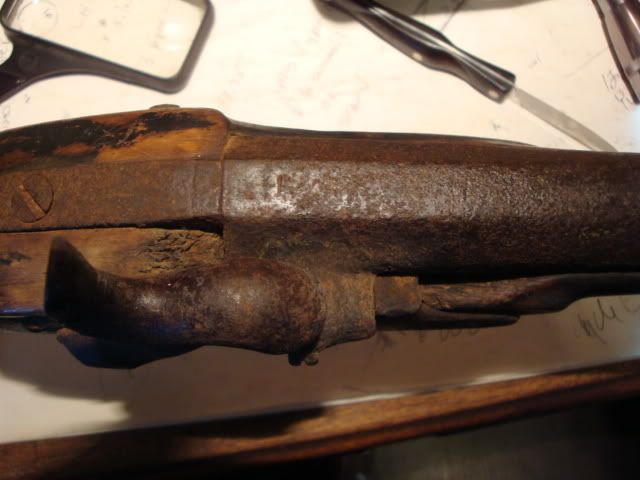My neighbor noticed I am into MLing now and brought over an old musket for me to see. It was in REALLY bad shape; but it's a family heirloom that belonged to his great grandfather. anyway, this is all I can tell you because of the rust.
Percussion (lock & trigger stile work)that measured out around 69 cal best I can tell.
It has '1819' on the side flat of the barrel (octagon to round) back by the breech. Only the first 3" or so back by breech is ocatagonal, the rest is tapered round. The top flat has '124' about in same place. The number '753' is stamped on the upper part of the buttplate with a small 'o' stamped in front of, but not part of, the number.
This smoothbore looks like it might have had a full stock that the center section was removed from because the front barrel band has the same wood in it. I'm also not sure the badly damaged wood ramrod is original
The front sight is intergral (cast into) the rear portion of the double front barrel band.
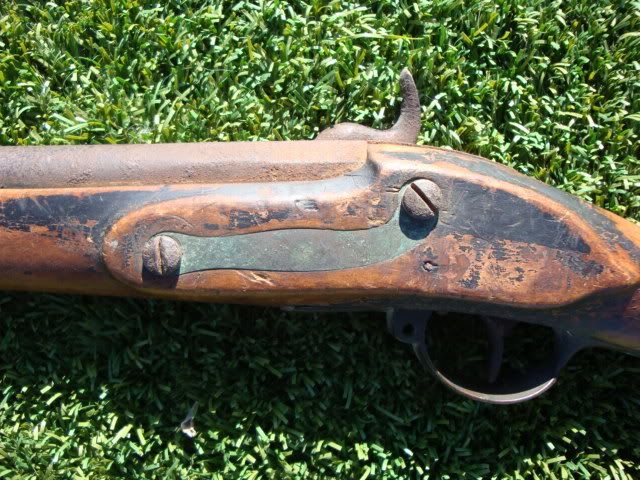

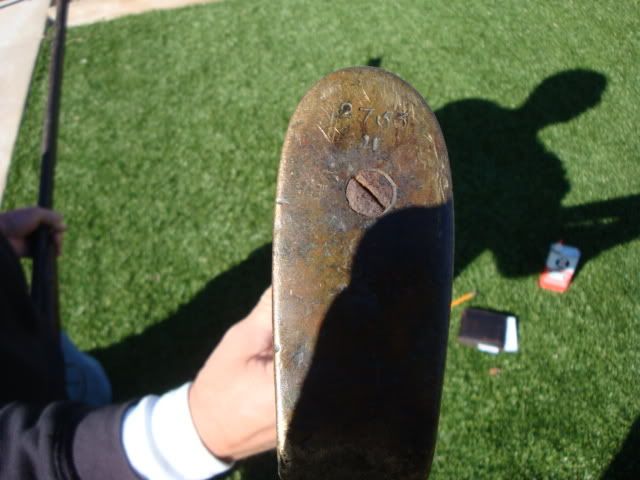
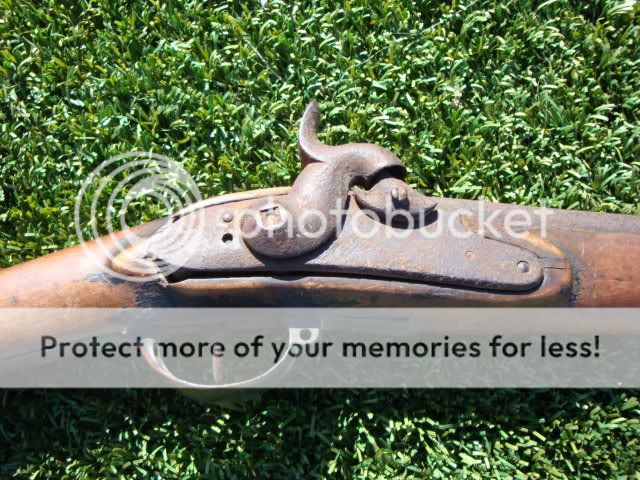
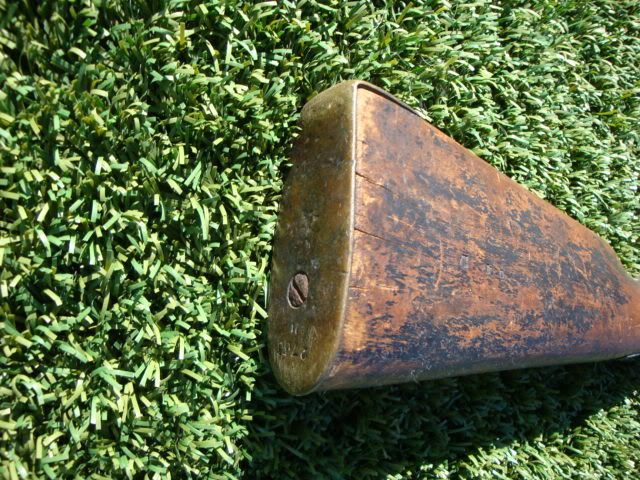
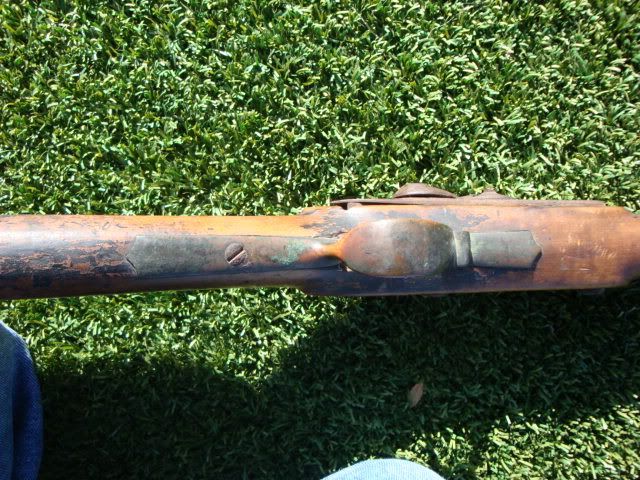
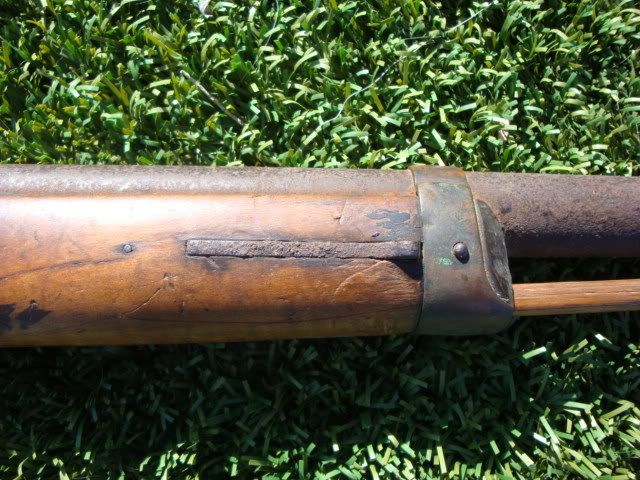
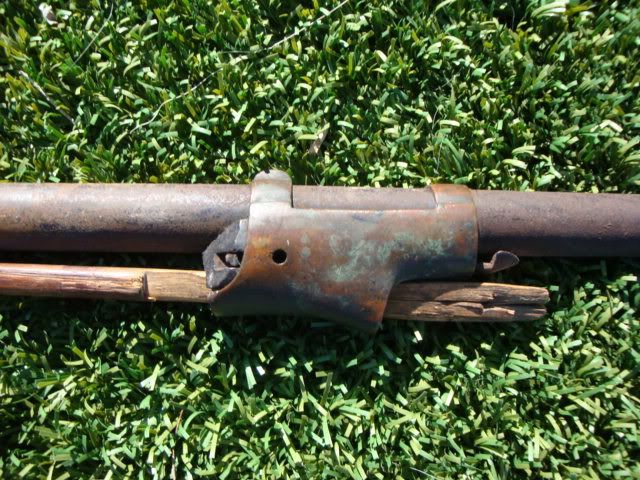
Percussion (lock & trigger stile work)that measured out around 69 cal best I can tell.
It has '1819' on the side flat of the barrel (octagon to round) back by the breech. Only the first 3" or so back by breech is ocatagonal, the rest is tapered round. The top flat has '124' about in same place. The number '753' is stamped on the upper part of the buttplate with a small 'o' stamped in front of, but not part of, the number.
This smoothbore looks like it might have had a full stock that the center section was removed from because the front barrel band has the same wood in it. I'm also not sure the badly damaged wood ramrod is original
The front sight is intergral (cast into) the rear portion of the double front barrel band.













